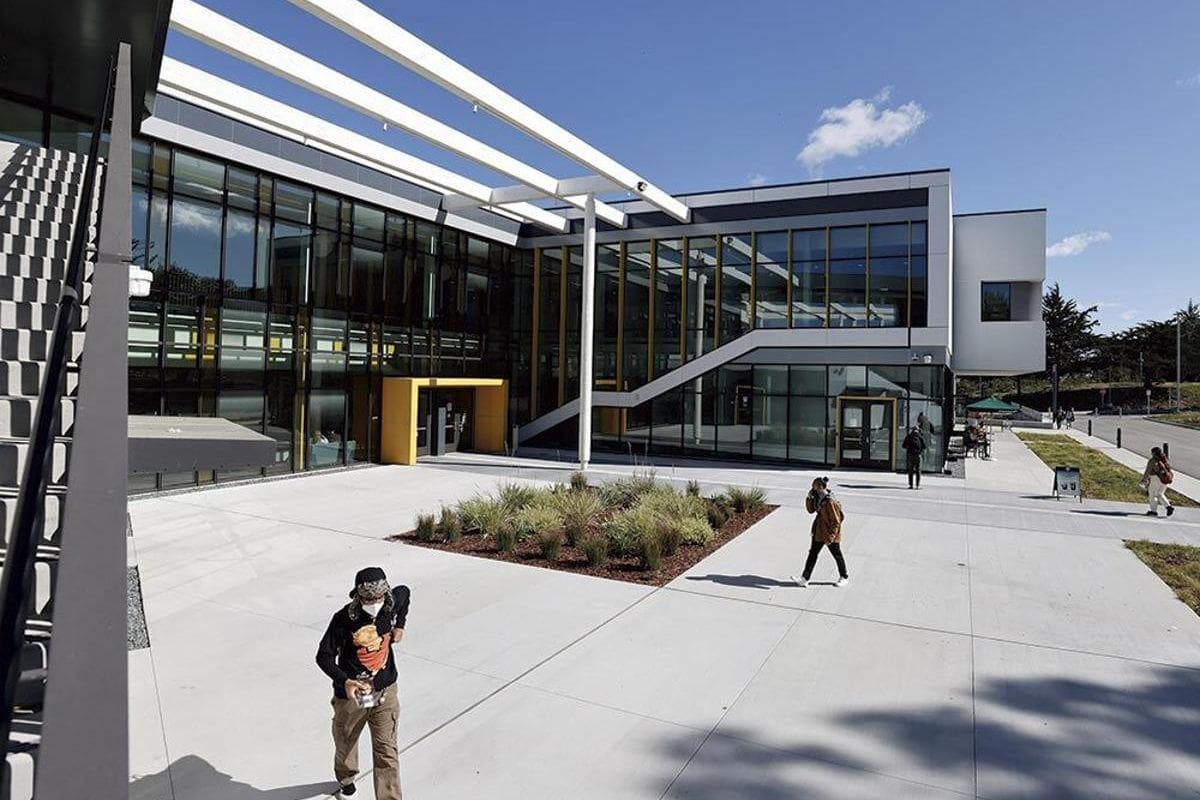California State University: In recent months, California State University has found itself grappling with a significant and unexpected challenge: a startling decline in enrollment numbers. This shift not only raises eyebrows within the educational realm but also prompts a closer examination of the larger forces at play in the landscape of higher education.
As we the factors contributing to this decline, it becomes clear that the implications are far-reaching and multifaceted, requiring a careful consideration of how institutions like CSU can adapt and evolve in response to these changing dynamics.
Unprecedented Decline in CSU Enrollment: A Closer Look
Amidst the educational landscape of California, the unprecedented decline in California State University (CSU) enrollment demands a thorough examination to uncover the underlying factors driving this significant shift in student numbers. The latest enrollment report from the CSU system reveals a nearly 6% drop in student enrollment since 2019, equating to approximately 28,000 fewer students enrolled in CSU programs. This decline is not only alarming but also marks a pivotal moment for the largest four-year public education university system in the nation.
Several factors could be contributing to this decline in CSU enrollment. One potential reason could be the lingering effects of the COVID-19 pandemic, which may have impacted students’ decisions to pursue higher education. Additionally, rising tuition costs, limited availability of on-campus housing, and a competitive job market could also be influencing students’ choices regarding their educational paths. Understanding these factors is crucial in developing strategies to address the declining enrollment trend and ensure the continued success and accessibility of CSU programs.
National Trends in College Enrollment: A Wider Perspective
The decline in California State University (CSU) enrollment mirrors a broader national trend in college enrollment, as evidenced by a significant 9.8% decrease reported from the 2010 peak to 2023, according to data from the Education Data Initiative. This decline is not an isolated event; it signifies a larger shift in the landscape of higher education. Furthermore, the rate of enrollment among new high school graduates has seen a notable 7.3% year-over-year decrease, indicating a systemic change in the way young individuals are approaching post-secondary education.
To provide a comparative snapshot of college enrollment trends, the table below showcases the percentage change in enrollment from 2010 to 2023 across different types of institutions:
| Institution Type | Percentage Change in Enrollment |
|---|---|
| Public Universities | -9.8% |
| Private Universities | -6.5% |
| Community Colleges | -11.2% |
These figures underscore a consistent pattern of declining enrollment across various sectors of higher education, reflecting a shift in the preferences and choices of students nationwide.
Shifting Dynamics: Americans Rethinking Higher Education
Signifying a pivotal shift in societal attitudes towards higher education, Americans are increasingly reevaluating traditional paths to academic advancement. The trend of declining enrollment in California State University reflects a broader national reconsideration of the value and necessity of a college degree.
Many individuals are opting to delay pursuing higher education, choosing instead to focus on accumulating savings or gaining work experience. This shift highlights a growing skepticism about the return on investment in traditional college education, as concerns about student loan debt and job market competitiveness loom large.
Moreover, the COVID-19 pandemic has accelerated this trend, prompting individuals to reassess the need for a brick-and-mortar college experience when online alternatives are increasingly prevalent.
As Americans navigate these shifting dynamics, institutions of higher education must adapt to meet changing demands and expectations, ensuring relevance and value in a rapidly evolving educational landscape.
Implications and Challenges: Navigating the Future of Higher Education
As societal perspectives on higher education continue to evolve, the declining enrollment in California State University serves as a compelling indicator of the broader national reconsideration of the value and accessibility of pursuing a college degree. The unprecedented decline in CSU enrollment prompts a critical examination of the intersection between education and financial decisions. As more Americans reconsider pursuing higher education, discussions around the reasons behind this shift gain prominence. The impact of this trend extends beyond California, indicating a significant nationwide reassessment of the value and accessibility of higher education.
| Implications | Challenges |
|---|---|
| Financial implications for students | Ensuring educational quality |
| Impact on university budgets | Addressing declining enrollment trends |
| Potential shift in career paths | Adapting to changing student needs |
| Socioeconomic implications | Meeting workforce demands |
ALSO READ: California Lawmakers: Your Credit Score Deserves a Break From Medical Debt
News in Brief
California State University (CSU) faces an unexpected challenge as enrollment experiences an unprecedented drop of nearly 6% since 2019, amounting to 28,000 fewer students. This decline reflects a national trend, with the Education Data Initiative reporting a 9.8% decrease in college enrollment from 2010 to 2023. Factors contributing to this shift include the lasting impact of the COVID-19 pandemic, rising tuition costs, and a changing job market.
Americans are rethinking higher education, enrollment to build savings or gain work experience. The implications extend beyond California, signaling a nationwide reassessment of the value of a college degree. As CSU navigates these challenges, addressing financial implications, ensuring educational quality, and adapting to changing student needs become paramount.



